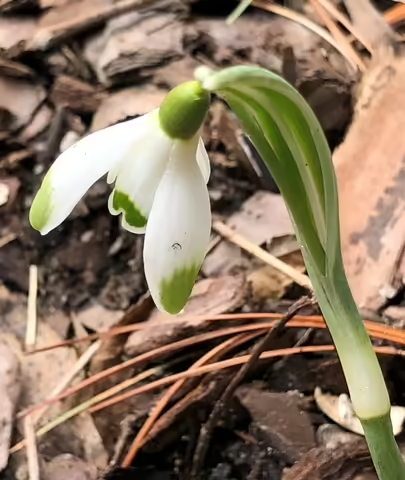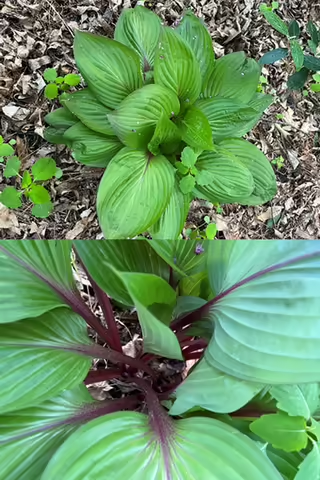Nothing in a nursery catalog catches my attention more than the word “new.” This term is usually applied to a plant that is new to the U.S. market, either as a new release from breeders, a wild plant recently brought into cultivation, or a plant already established on the overseas markets. And, more often than not, a much higher price is almost always a given for new introductions.
Some plants like Hosta, Iris and daylilies (Hemerocallis) come gradually down in price after their initial introduction, so if you can stand to wait just a few years as inventory builds, you can get the same plant for less. Other plants like terrestrial orchids (Cypripedium) and intersectional peonies (Paeonia) never come down in price; they just continue to command a higher price because of limited availability or just shear demand.
The grass is always greener across the ocean
I subscribe to a few European gardening magazines, and I am always seeing plant offerings that are available there but not here. I like to think my covetousness somehow aligns with certain U.S. growers because sometimes something I want comes onto the U.S. market. One such group of plants are the yellow selections of snowdrops (Galanthus). Most snowdrops available in the U.S. have green markings on the shorter and/or longer perianth segments as well as the ovary. Just replace the green with yellow and you have one of the yellow selections. Prices on snowdrops can be all over the board, from very affordable to downright expensive ($0.75 - $75+ per bulb), but the yellow selections almost always command a price well into the range of intersectional peonies. I recently planted the yellow selection “Primrose Warburg’ and I am anxiously awaiting its appearance, especially since it is touted to be a good grower/increaser. It’s a bit easier to justify a higher price if you know your investment will increase.
New is not necessarily brand new
In the Perennial Plant Association "2022 New to the Market Forum," Hosta ‘First Blush’ was one of the plants presented. To me, this plant is not new but only because I was in the right place at the right time to acquire a plant shortly after its 2016 release. It sports beautiful red petioles and in the early spring before temperatures soar, the interveinal regions of the leaves blush red as well. Once our notorious heat hits, the blush on the leaves dissipates, but the red petioles remain. If I were a commercial grower, I would choose this Hosta as one to grow as well.
MEET THE AUTHOR
Elizabeth Wahle is a Commercial Agriculture Educator with University of Illinois Extension, and her major focus and expertise is the Illinois commercial specialty crop industry. Elizabeth provides program leadership for a number of program events for commercial growers including From Food to Flowers, the Southern Illinois Fruit and Vegetable School and the Gateway Green Industry Conference. In addition to her statewide duties, Elizabeth also provides consumer horticultural support to University of Illinois Extension in Madison, Monroe, and St Clair counties. Marrying the two responsibilities, Elizabeth is dedicated to creating educational resources that build and sustain viable food webs and ecosystems.

